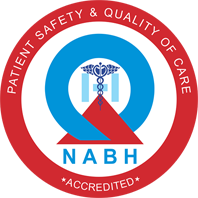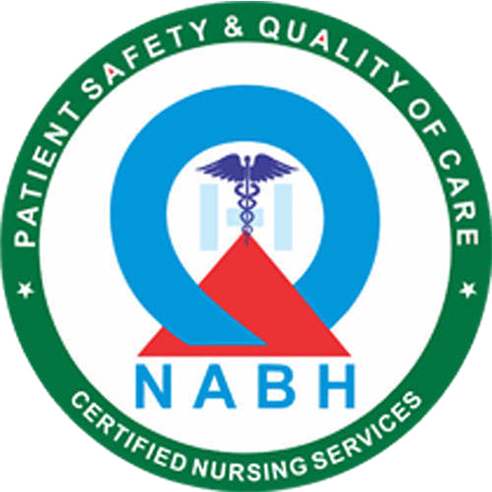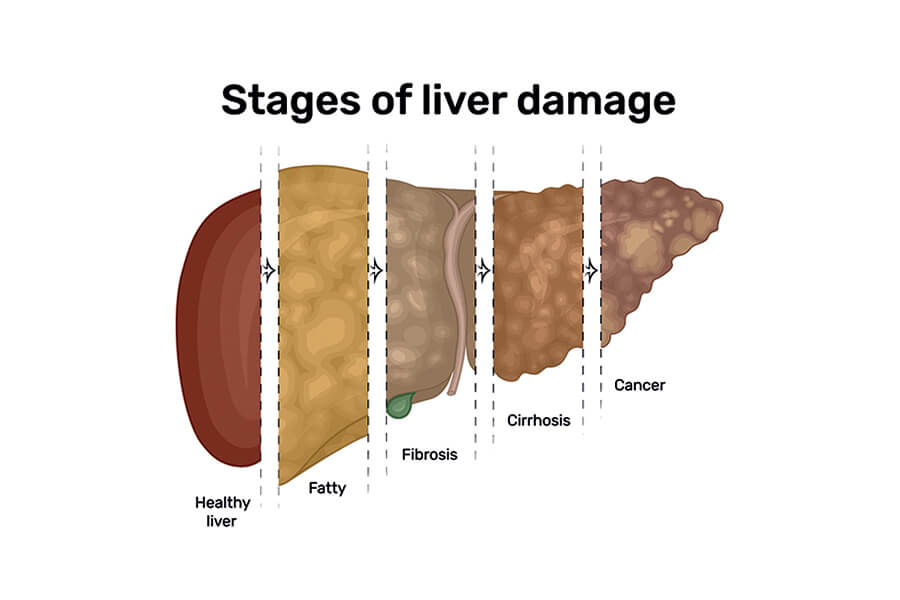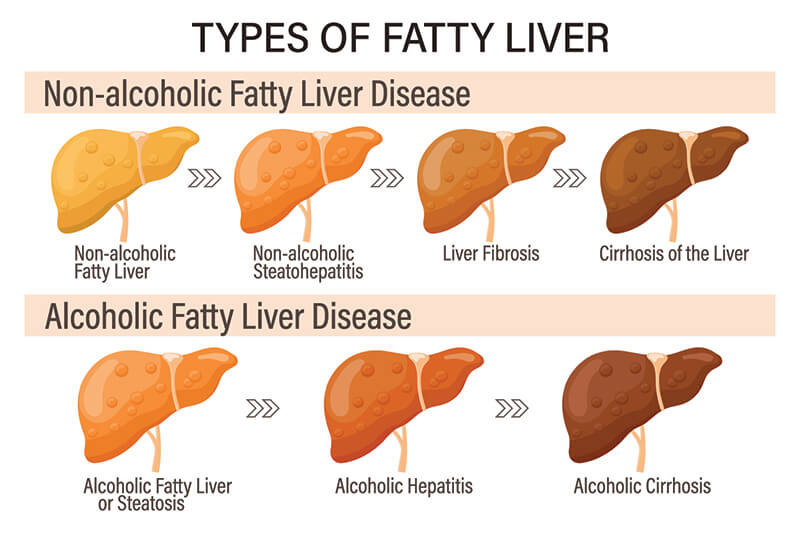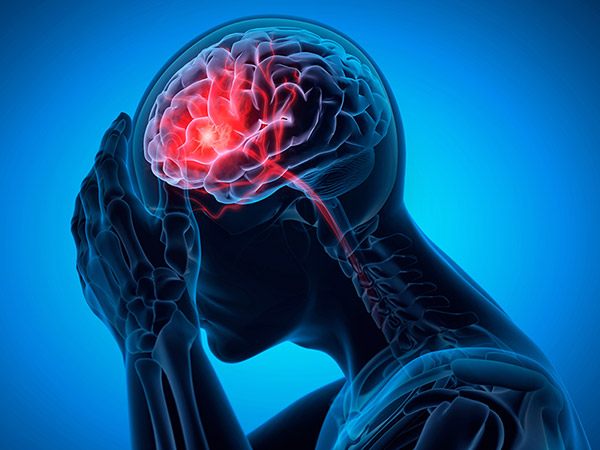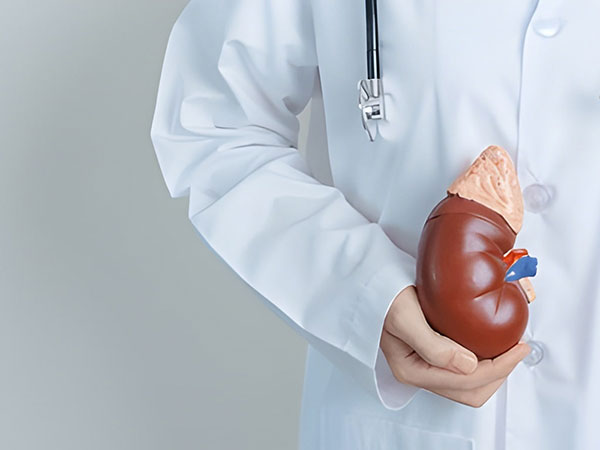Fatty Liver Disease (FLD) is a growing global health issue affecting millions worldwide. As modern lifestyles become more sedentary and diets increasingly processed, the incidence of this condition continues to rise. Recognizing the signs, risk factors, and treatment options is essential for prevention and long-term health.
What Is Fatty Liver Disease?
Fatty liver disease occurs when fat builds up in liver cells, exceeding 5–10% of the liver’s total weight. There are two primary types:
- Non-Alcoholic Fatty Liver Disease (NAFLD): Not linked to alcohol; more associated with obesity, poor diet, and metabolic issues.
- Alcoholic Fatty Liver Disease (AFLD): Directly caused by excessive alcohol consumption.
Types of Fatty Liver Disease
There are two primary types of fatty liver disease:
1. Non-Alcoholic Fatty Liver Disease (NAFLD)
NAFLD occurs in individuals who consume little to no alcohol. It's commonly associated with:
- Obesity: Excess body weight, especially around the abdomen.
- Type 2 Diabetes and Insulin Resistance: These conditions can lead to increased fat storage in the liver.
- High Cholesterol and Triglycerides: Elevated levels can contribute to fat accumulation in the liver.
- Metabolic Syndrome: A cluster of conditions including high blood pressure, high blood sugar, excess body fat around the waist, and abnormal cholesterol levels.
2. Alcohol-Related Fatty Liver Disease (AFLD)
AFLD is directly linked to excessive alcohol consumption. The liver metabolizes alcohol into toxic substances, damaging liver cells and leading to fat accumulation.
Causes of Fatty Liver Disease
Beyond the primary types, several factors can contribute to the development of fatty liver disease:
- Genetics: Family history can increase susceptibility.
- Rapid Weight Loss: Sudden weight reduction can stress the liver.
- Medications: Certain drugs can have side effects that impact liver health.
Progression of Fatty Liver Disease
Diagnosis of Fatty Liver Disease
Fatty liver is usually detected incidentally during tests for other conditions. Common diagnostic steps include:
- Medical History & Physical Exam
A doctor will assess lifestyle, diet, alcohol intake, and symptoms.
- Blood Tests
Elevated liver enzymes (ALT, AST) can indicate liver inflammation.
- Imaging Tests
- Ultrasound: Most common initial test.
- CT or MRI scans: Provide more detail.
- FibroScan: Measures liver stiffness (fibrosis).
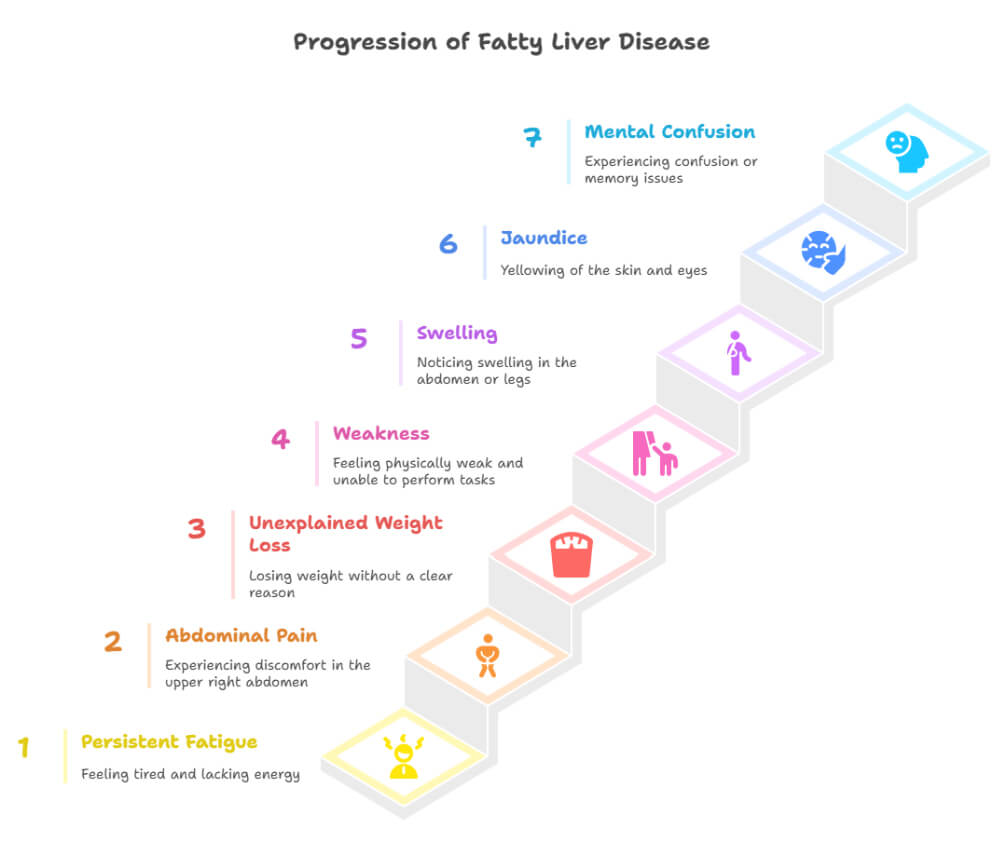
- Ultrasound: Most common initial test.
- Liver Biopsy
A small liver sample is examined under a microscope to confirm inflammation or scarring.
Management and Treatment of Fatty Liver Disease
There is no specific drug treatment for NAFLD yet, but comprehensive management strategies can significantly improve outcomes:
Lifestyle Changes (First-line Treatment)
- Weight Loss: Losing just 5–10% of body weight can reduce liver fat.
- Balanced Diet: Focus on whole grains, fruits, vegetables, lean protein, and healthy fats (e.g., Mediterranean diet).
- Regular Exercise: At least 150 minutes of moderate activity per week.
- Limit Alcohol: Especially for those with AFLD or progressing liver damage.
Risk Factors for Fatty Liver Disease
Numerous factors can increase the risk of developing fatty liver:
- Obesity and overweight
- Type 2 diabetes or insulin resistance
- High cholesterol and triglycerides
- Sedentary lifestyle
- Unhealthy diet: High in refined carbs, sugar, and saturated fats
- Rapid weight loss
- Polycystic Ovary Syndrome (PCOS)
- Sleep apnea
- Heavy alcohol use (for AFLD)
Treatment Options
While there's no specific medication for fatty liver disease, managing associated conditions and lifestyle changes are crucial:
- Dietary Changes: Adopting a balanced diet rich in fruits, vegetables, whole grains, and lean proteins.
- Regular Exercise: Engaging in physical activity to promote weight loss and improve liver health.
- Weight Management: Achieving and maintaining a healthy weight can reduce liver fat.
- Limiting Alcohol Intake: Especially important for those with AFLD.
- Managing Underlying Conditions: Controlling diabetes, cholesterol, and blood pressure.
Importance of Early Detection
Early identification of fatty liver disease is vital. If left untreated, it can progress to more severe conditions like liver cirrhosis or liver cancer. Regular check-ups and being aware of risk factors can aid in early diagnosis and management.
Medical Management
- Manage diabetes, cholesterol, and blood pressure with prescribed medications.
- Vitamin E and pioglitazone: Sometimes used in non-diabetic patients with NASH (under physician guidance).
- Monitoring: Regular liver function tests and imaging.
Expert Insight
"Fatty liver is a silent epidemic. Most people don’t know they have it until it’s advanced. But the good news is—it’s often reversible with the right lifestyle changes."
— Dr. Anand Patel, MS, DNB, Gastrointestinal Surgeon
You Might Not Know You Have It
Fatty liver is often symptomless in its early stages, which is why it’s dubbed a “silent epidemic.” It’s frequently discovered incidentally during unrelated medical tests.
Final Thoughts
Fatty liver disease can be a manageable and even reversible condition—especially when caught early. Lifestyle changes, regular monitoring, and awareness of risk factors are essential steps toward maintaining liver health. Talk to your doctor if you’re at risk, and take control of your liver’s future today.
FAQs
Q: Is fatty liver dangerous?
A: If left unmanaged, it can progress to serious liver diseases like cirrhosis or cancer.
Q: Can fatty liver be reversed?
A: Yes. Early-stage NAFLD can be reversed with proper diet, exercise, and weight loss.
Q: Should I avoid all fats?
A: No. Focus on healthy fats like those found in nuts, olive oil, and fatty fish. Avoid trans fats and excessive saturated fat.
Q: Is fatty liver disease life-threatening?
A: Not initially, but if left untreated, it can progress to serious conditions like cirrhosis, liver failure, or liver cancer.
Q: What is the best diet for fatty liver disease?
A Mediterranean-style diet rich in vegetables, whole grains, lean proteins, and healthy fats is recommended. Avoid sugar, fried foods, and processed items.
Q: What foods should I avoid if I have fatty liver?
A: Avoid processed foods, added sugars, refined carbs, fried items, and saturated fats. Limit or eliminate alcohol.
Q: Can fatty liver disease cause other health problems?
A: Yes, it can increase the risk of cardiovascular disease, type 2 diabetes, and advanced liver complications.


